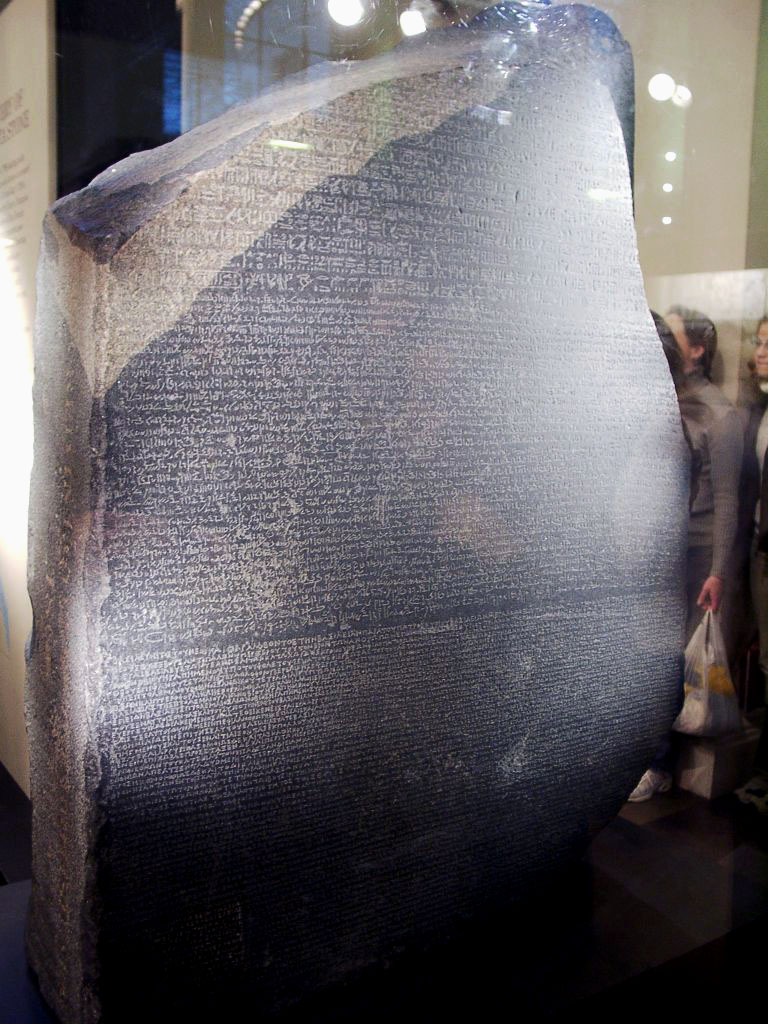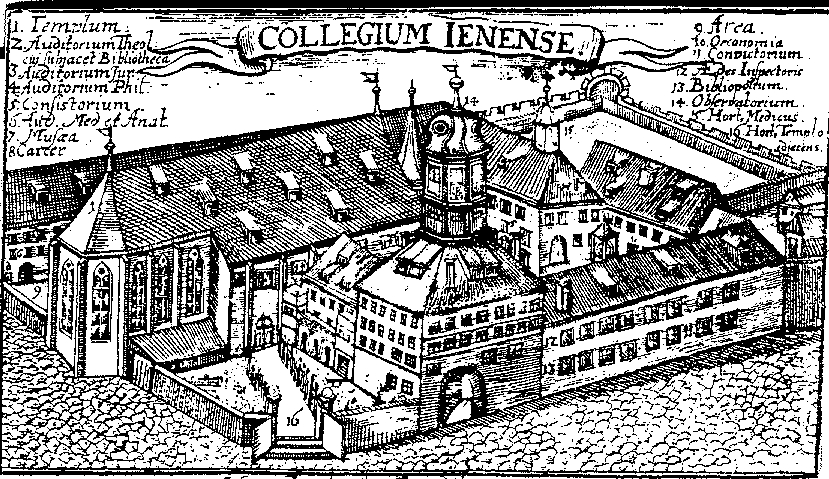|
Camillo Praschniker
Camillo Praschniker (13 October 1884, Vienna – 1 October 1949, Vienna) was an Austrian archaeologist. He studied classical philology and archaeology at the universities of Innsbruck, Vienna and Berlin. At Berlin, his instructors were Reinhard Kekulé von Stradonitz, Hermann Winnefeld, Ulrich von Wilamowitz-Moellendorff and Heinrich Wölfflin. From 1908 to 1910, via a travel grant from the Austrian Archaeological Institute (ÖAI), he conducted research in Italy, Greece and Asia Minor. In 1912 he was named secretary of the ÖAI.Praschniker, Camillo Alois Franz at Deutsche Biographie In 1913/14, on behalf of the Austrian Academy of Sciences, he did excavations in |
Vienna
en, Viennese , iso_code = AT-9 , registration_plate = W , postal_code_type = Postal code , postal_code = , timezone = CET , utc_offset = +1 , timezone_DST = CEST , utc_offset_DST = +2 , blank_name = Vehicle registration , blank_info = W , blank1_name = GDP , blank1_info = € 96.5 billion (2020) , blank2_name = GDP per capita , blank2_info = € 50,400 (2020) , blank_name_sec1 = HDI (2019) , blank_info_sec1 = 0.947 · 1st of 9 , blank3_name = Seats in the Federal Council , blank3_info = , blank_name_sec2 = GeoTLD , blank_info_sec2 = .wien , website = , footnotes = , image_blank_emblem = Wien logo.svg , blank_emblem_size = Vienna ( ; german: Wien ; ... [...More Info...] [...Related Items...] OR: [Wikipedia] [Google] [Baidu] |
Ernst Sellin
Ernst Sellin (26 May 1867 in Alt Schwerin – 1 January 1946 in Epichnellen bei Eisenach) was a German Protestant theologian. Sellin studied theology and oriental languages. During 1897–1908 he taught at the Protestant faculty of theology in Vienna, during 1908–1913 at the University of Rostock, during 1913–1921 in Kiel and in 1921–1935 in Berlin.Biographical sketch @ Catalogus Professorum Rostochiensium Sellin was Old Testament scholar and a pioneer of application of into Biblical sciences. With his excavations in Ta'anakh he initiated and led one of the first excavations of a ″ [...More Info...] [...Related Items...] OR: [Wikipedia] [Google] [Baidu] |
Acroteria
An acroterion, acroterium, or akroteria is an architectural ornament placed on a flat pedestal called the ''acroter'' or plinth, and mounted at the apex or corner of the pediment of a building in the classical style. An acroterion placed at the outer angles of the pediment is an ''acroterion angularium'' (' means ‘at the corners’). The acroterion may take a wide variety of forms, such as a statue, tripod, disc, urn, palmette or some other sculpted feature. Acroteria are also found in Gothic architecture. They are sometimes incorporated into furniture designs. Etymology The word comes from the Greek ' ( 'summit, extremity'), from the comparative form of the adjective ' (, 'extreme, endmost'). It was Latinized by the Romans as '. ''Acroteria'' is the plural of both the original Greek and the Latin form. According to Webb, during the Hellenistic period the winged victory or Nike figure was considered to be "the most appropriate motif for figured akroteria.” Image:Ma ... [...More Info...] [...Related Items...] OR: [Wikipedia] [Google] [Baidu] |
Parthenon
The Parthenon (; grc, Παρθενών, , ; ell, Παρθενώνας, , ) is a former temple on the Athenian Acropolis, Greece, that was dedicated to the goddess Athena during the fifth century BC. Its decorative sculptures are considered some of the high points of Greek art, an enduring symbol of Ancient Greece, democracy and Western civilization. The Parthenon was built in thanksgiving for the Hellenic victory over Persian invaders during the Greco-Persian Wars. Like most Greek temples, the Parthenon also served as the city treasury. Construction started in 447 BC when the Delian League was at the peak of its power. It was completed in 438; work on the decoration continued until 432. For a time, it served as the treasury of the Delian League, which later became the Athenian Empire. In the final decade of the 6th century AD, the Parthenon was converted into a Christian church dedicated to the Virgin Mary. After the Ottoman conquest in the mid-fifteenth cent ... [...More Info...] [...Related Items...] OR: [Wikipedia] [Google] [Baidu] |
Crete
Crete ( el, Κρήτη, translit=, Modern: , Ancient: ) is the largest and most populous of the Greek islands, the 88th largest island in the world and the fifth largest island in the Mediterranean Sea, after Sicily, Sardinia, Cyprus, and Corsica. Crete rests about south of the Greek mainland, and about southwest of Anatolia. Crete has an area of and a coastline of 1,046 km (650 mi). It bounds the southern border of the Aegean Sea, with the Sea of Crete (or North Cretan Sea) to the north and the Libyan Sea (or South Cretan Sea) to the south. Crete and a number of islands and islets that surround it constitute the Region of Crete ( el, Περιφέρεια Κρήτης, links=no), which is the southernmost of the 13 top-level administrative units of Greece, and the fifth most populous of Greece's regions. Its capital and largest city is Heraklion, on the north shore of the island. , the region had a population of 636,504. The Dodecanese are located ... [...More Info...] [...Related Items...] OR: [Wikipedia] [Google] [Baidu] |
Belevi Mausoleum
The Belevi Mausoleum, also known as the Mausoleum at Belevi''Forum Archaeologiae - Zeitschrift für klassische Archäologie 45/XII/2007: Chemical Analysis of Inclusion Fluids – A new method to pinpoint the origin of white marbles, illustrated at the mausoleum at Belevi'', p.2 is a Hellenistic monument tomb located in Turkey. The intended occupant of the tomb may have been Antigonus Monophthalmus (r. 323-301) or Lysimachus (r. 323-281), and it may subsequently have been the burial place of the Seleucid king Antiochus II Theos (r. 261–246 BC). Location of Mausoleum The Belevi Mausoleum was a grandiose tomb. The name of the mausoleum derives from the modern village of Belevi where the monument is locatedFacaros,''Turkey'', p.255 and sits on an isolated hillside.Webb, ''Hellenistic architectural sculpture: figural motifs in western Anatolia and the Aegean Islands'', p.76 The mausoleum is located 14 km northeast of Ephesus next to the modern highway from İzmir to Ayd� ... [...More Info...] [...Related Items...] OR: [Wikipedia] [Google] [Baidu] |
Carinthia
Carinthia (german: Kärnten ; sl, Koroška ) is the southernmost States of Austria, Austrian state, in the Eastern Alps, and is noted for its mountains and lakes. The main language is German language, German. Its regional dialects belong to the Southern Bavarian group. Carinthian dialect group, Carinthian Slovene dialects, forms of a South Slavic languages, Slavic language that predominated in the southeastern part of the region up to the first half of the 20th century, are now spoken by a Carinthian Slovenes, small minority in the area. Carinthia's main Industry (economics), industries are tourism, electronics, engineering, forestry, and agriculture. Name The etymology of the name "Carinthia", similar to Carnia or Carniola, has not been conclusively established. The ''Ravenna Cosmography'' (about AD 700) referred to a Slavic settlement of the Eastern Alps, Slavic "Carantani" tribe as the eastern neighbours of the Bavarians. In his ''History of the Lombards'', the 8th-c ... [...More Info...] [...Related Items...] OR: [Wikipedia] [Google] [Baidu] |
Ephesus
Ephesus (; grc-gre, Ἔφεσος, Éphesos; tr, Efes; may ultimately derive from hit, 𒀀𒉺𒊭, Apaša) was a city in ancient Greece on the coast of Ionia, southwest of present-day Selçuk in İzmir Province, Turkey. It was built in the 10th century BC on the site of Apasa, the former Arzawan capital, by Attic and Ionian Greek colonists. During the Classical Greek era, it was one of twelve cities that were members of the Ionian League. The city came under the control of the Roman Republic in 129 BC. The city was famous in its day for the nearby Temple of Artemis (completed around 550 BC), which has been designated one of the Seven Wonders of the Ancient World. Its many monumental buildings included the Library of Celsus and a theatre capable of holding 24,000 spectators. Ephesus was recipient city of one of the Pauline epistles; one of the seven churches of Asia addressed in the Book of Revelation; the Gospel of John may have been written there; Harris, ... [...More Info...] [...Related Items...] OR: [Wikipedia] [Google] [Baidu] |
Epigraphy
Epigraphy () is the study of inscriptions, or epigraphs, as writing; it is the science of identifying graphemes, clarifying their meanings, classifying their uses according to dates and cultural contexts, and drawing conclusions about the writing and the writers. Specifically excluded from epigraphy are the historical significance of an epigraph as a document and the artistic value of a literary composition. A person using the methods of epigraphy is called an ''epigrapher'' or ''epigraphist''. For example, the Behistun inscription is an official document of the Achaemenid Empire engraved on native rock at a location in Iran. Epigraphists are responsible for reconstructing, translating, and dating the trilingual inscription and finding any relevant circumstances. It is the work of historians, however, to determine and interpret the events recorded by the inscription as document. Often, epigraphy and history are competences practised by the same person. Epigraphy is a primar ... [...More Info...] [...Related Items...] OR: [Wikipedia] [Google] [Baidu] |
Emil Reisch
Emil Reisch (28 September 1863, Vienna – 13 December 1933, Vienna) was an Austrian classical philologist and archaeologist. Biography From 1881 he studied at the University of Vienna, where his instructors were Wilhelm von Hartel and Karl Schenkl for philology, and Otto Benndorf for classical archaeology. In 1886/87 he conducted archaeological research in Greece, and in 1888 he visited Italy. In 1890 he relocated to the University of Innsbruck as an associate professor of classical archaeology (full professor, 1894). In 1898 he succeeded Otto Benndorf as professor of archaeology at the University of Vienna, where later, he was appointed dean (1910/11) and rector (1916/17).Reisch, Emil In: Neue Deutsche Biographie (NDB). Band 21, Duncker & Humblot, Berlin 2003, , S. 383 f. In 1907 he was named vice-director of the Austrian Arc ... [...More Info...] [...Related Items...] OR: [Wikipedia] [Google] [Baidu] |
University Of Jena
The University of Jena, officially the Friedrich Schiller University Jena (german: Friedrich-Schiller-Universität Jena, abbreviated FSU, shortened form ''Uni Jena''), is a public research university located in Jena, Thuringia, Germany. The university was established in 1558 and is counted among the ten oldest universities in Germany. It is affiliated with six Nobel Prize winners, most recently in 2000 when Jena graduate Herbert Kroemer won the Nobel Prize for physics. In the 2023 Times Higher Education World University Rankings, the university was awarded 189th place in the world. It was renamed after the poet Friedrich Schiller who was teaching as professor of philosophy when Jena attracted some of the most influential minds at the turn of the 19th century. With Karl Leonhard Reinhold, Johann Gottlieb Fichte, G. W. F. Hegel, F. W. J. Schelling and Friedrich Schlegel on its teaching staff, the university was at the centre of the emergence of German idealism and early ... [...More Info...] [...Related Items...] OR: [Wikipedia] [Google] [Baidu] |
German University Of Prague
) , image_name = Carolinum_Logo.svg , image_size = 200px , established = , type = Public, Ancient , budget = 8.9 billion CZK , rector = Milena Králíčková , faculty = 4,057 , administrative_staff = 4,026 , students = 51,438 , undergrad = 32,520 , postgrad = 9,288 , doctoral = 7,428 , city = Prague , country = Czech Republic , campus = Urban , colors = , affiliations = Coimbra Group EUA Europaeum , website = Charles University ( cs, Univerzita Karlova, UK; la, Universitas Carolina; german: Karls-Universität), also known as Charles University in Prague or historically as the University of Prague ( la, Universitas Pragensis, links=no), is the oldest and largest university in the Czech Republic. It is one of the oldest universities in Europe in continuous operation. Today, the university consists of 17 faculties located in Prague, Hradec Králové, and Plzeň. Charles University belongs among the top three universities in Central and Eastern Europe. It is r ... [...More Info...] [...Related Items...] OR: [Wikipedia] [Google] [Baidu] |






